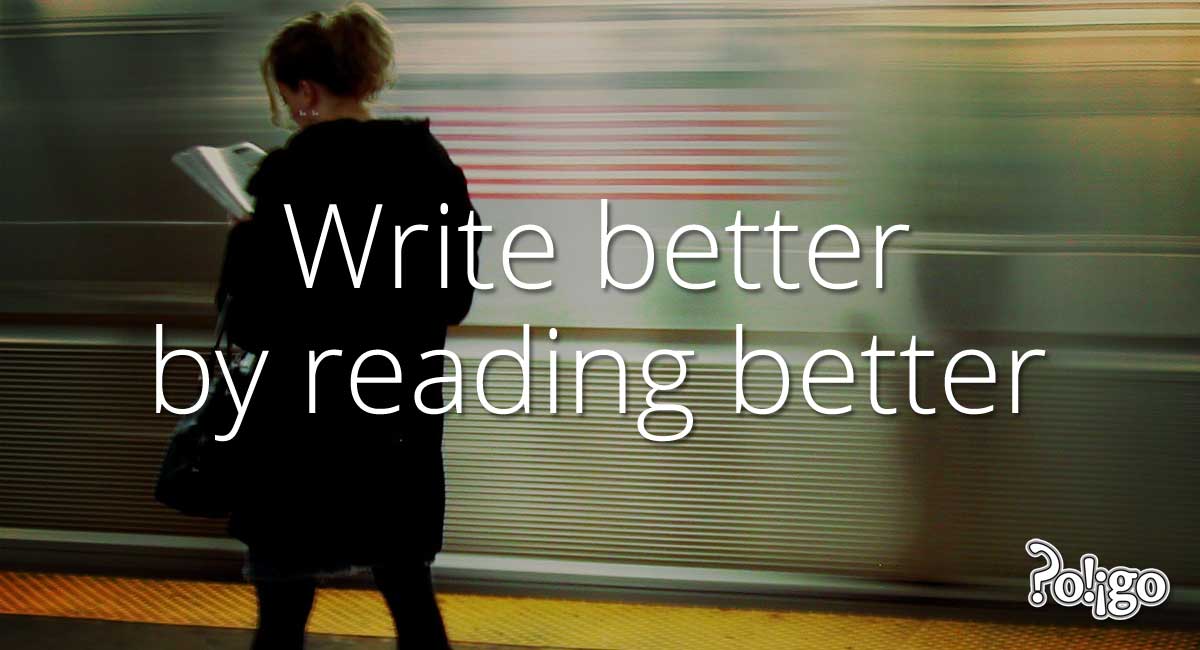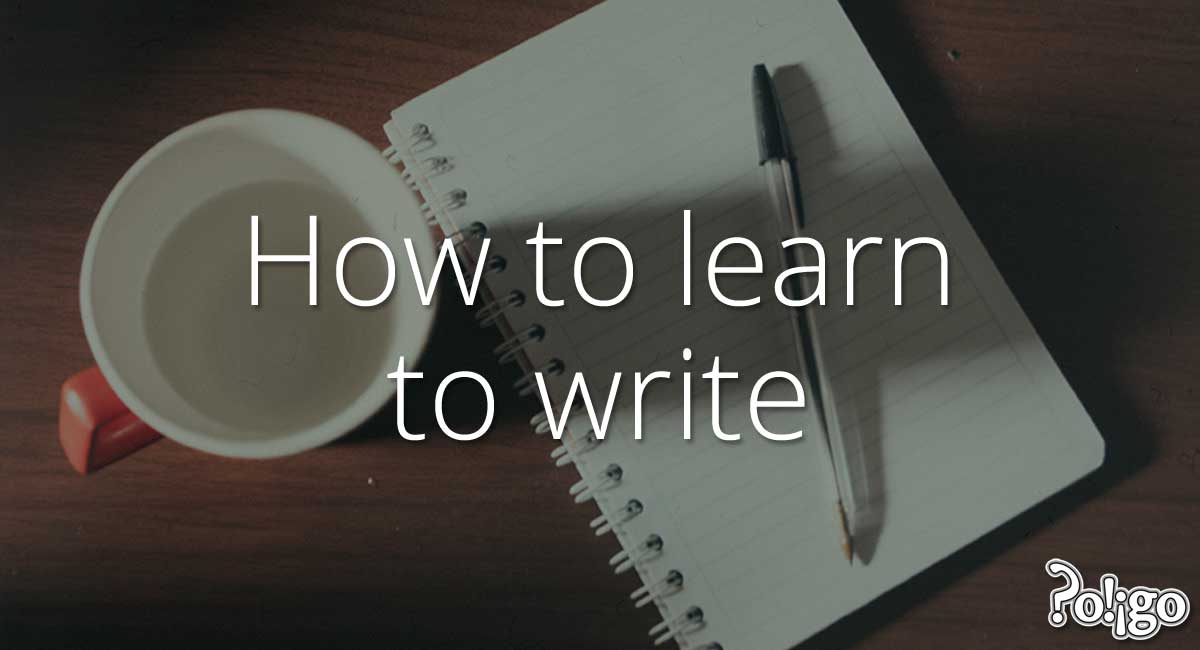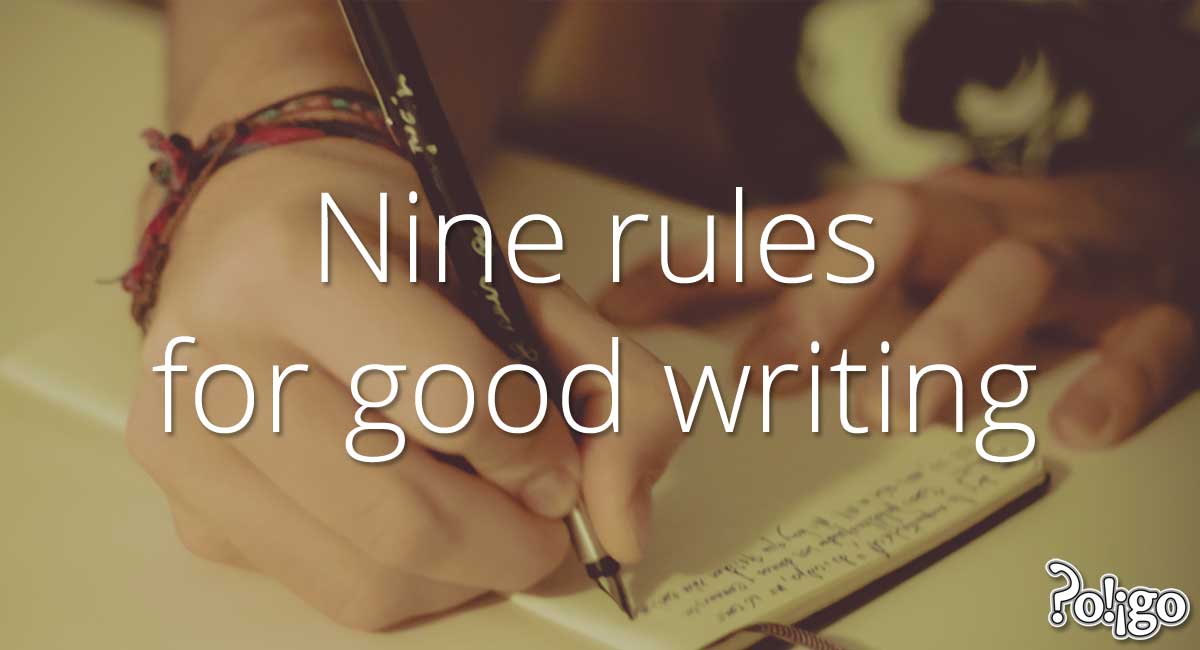
Writing well starts with reading well. But what is good reading?
Like good writing, good reading fits its purpose. This naturally means that there are many good ways to read. If you are reading a magazine to relax on a Sunday morning, you will read differently than if you are reading a question on a mathematics exam. If you are reading a poem to write an analysis paper about it, you will read very differently than if you are reading a 500-page history survey text for background information on a particular aspect of the period that text covers.
When you are reading to write, therefore – as when you are analyzing materials for a paper, or when you are looking for information required for an argument – it is important to think about your goals in reading and to adjust the way you read accordingly. This point is very clearly illustrated by a situation regularly encountered by Harvard students.
You have a class approaching rapidly, and you are required to read a large amount of material beforehand – enough that it will not be possible for you to read word for word. We all know from experience that it is fruitless to simply begin reading at the beginning of the material, and read passively and without direction. Time will be eaten up rapidly, and it is likely that when it runs out the reader will still not have met his or her goals.
Things improve greatly if the reader takes charge of the reading process. Ask yourself: What am I required to do with this reading? What is the teacher likely to have hoped to achieve when he or she assigned this reading? What are my own particular goals with it? For example: Are you required to write a response paper? If so, you will need to isolate the main argument and its component parts, and evaluate them. If you are under pressure for time, it will be important that you recognize when you have read enough to do this, and stop! Another example: Are you required to generate questions for discussion? If so, you will need to be on the lookout for things that puzzle you, or places where you feel you are short on background information, or potential flaws and unargued assumptions in the author’s argument. Again: Were you assigned the text to help you gain background information about some aspect of East Asian society, history or culture? If so, what key points should you understand and retain?
In each of these cases, it will be important, once you have fulfilled your goal, to move on immediately to other tasks.
A second great gain is made when a reader not only reads with purpose and direction, but reads with a pen or computer keyboard to hand, and starts creating something of their own in response to the reading. She thereby immediately begin to fulfill her reading goal. The end-product of this process can be as simple as a sketch of the author’s argument scribbled on a scrap of paper, or as involved as several pages of notes. Regardless of scope, which will vary with one’s goals, taking some kind of notes will almost certainly expedite progress towards your final aim.
Right from the Sophomore Tutorial, EAS students will encounter this pressure to read efficiently very quickly, when they crack open their course packs and sit down to write the weekly response papers. Frankly, EAS Tutorial courses are heavy, with bulky and demanding readings. Right from the beginning, then, it will be important that you direct your reading and note-taking towards the various goals the material is supposed to serve.
Again, as with writing, there are resources available at Harvard to help the community develop more effective reading habits and strategies, and you should avail yourself of them. Particularly well known in this regard is the Bureau of Study Council’s “Harvard Course in Reading and Study Strategies”; you can find out more about it from the BSC or by visiting http://www.fas.harvard.edu/~bsc/rc.html. See also the Appendix for a list of other such resources at Harvard.




